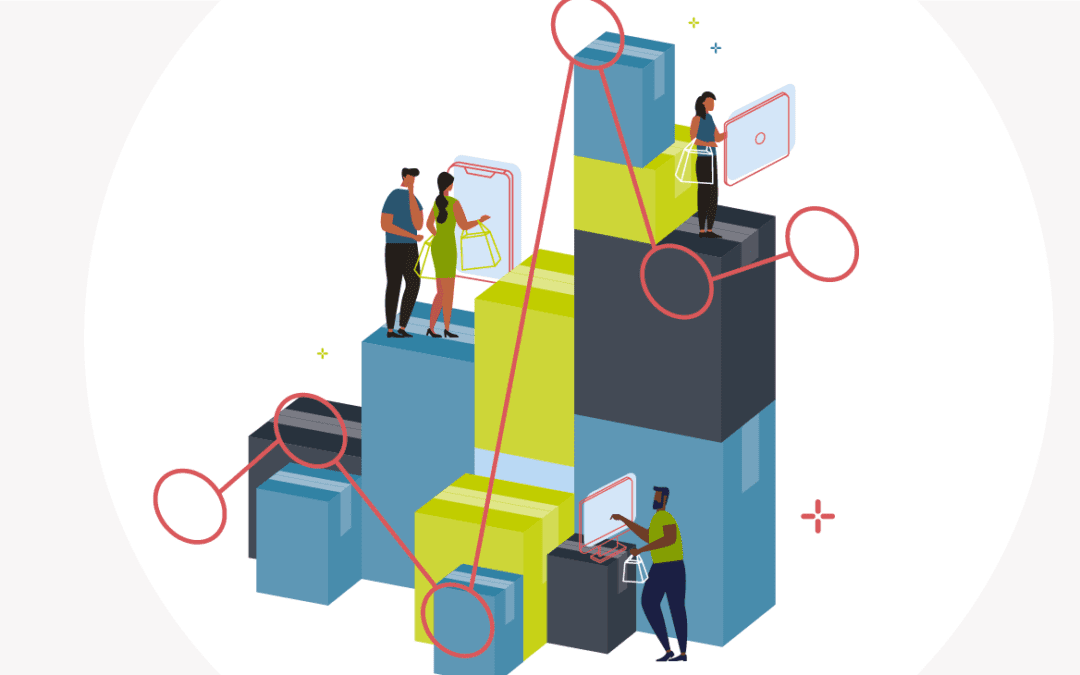Every year, retailers around the world set to work planning for the peak in demand that builds between Black Friday and Boxing Day. Standard peak season is hard enough to manage, and this year’s peak is shaping up to be a task of epic proportions.
Unlike previous peaks, this year the majority of demand will show up online. Physical stores around the world have been forced to close their doors due to COVID-19, and even as they re-open, many consumers remain wary of setting foot inside. Shoppers have migrated online in such volumes that ecommerce has been running at usual peak levels since May.
As we start to approach the real peak season, these levels are predicted to reach never-seen-before heights. Not only does this require an operational bandwidth on a whole new scale, it also calls for a different approach to customer experience. And all of this takes time.
These are the three steps retailers must take to start gearing up now for what is shaping up to be a peak season like no other.
Step 1 – Build backup into your network
This year’s peak is a massive opportunity for retailers. It’s a chance to recover lost profits offline, win new customers, and even drive new revenue streams. But many will find themselves in the frustrating situation of high demand, freshly mobilised sales channels… and no carrier availability to get orders to customers!
Many enterprise retailers rely solely on one or two carriers all year round. This poses a big risk going into peak, when providers quickly reach full capacity. Retailers must diversify their partner ecosystem to build the agility they need to come out on top of this year’s peak season.
Step 2 – Offer a dynamic delivery promise
Online shoppers want to receive their parcel in a way that suits them, whether that’s next-day delivery, pick up in-store, or collection at a PUDO point. 60% of consumers say they would select a retailer based on the delivery options provided, and 74% expect these options to be displayed directly on the product page.
Unfortunately, the higher the demand, the harder it is to maintain delivery promises. Retailers must find a way to retain consumer choice, while risk-proofing fulfilment to avoid disappointment.
Step 3 – Optimize your post-purchase experience
Every shopper you convert during peak will either become a return customer, or a disappointed deserter. In this year’s peak, it’s not just the shopping experience that counts – or even the product itself – but also the process of waiting for the order to arrive. It’s just as important to offer speedy delivery, easy-to-follow tracking, and simple options for returning the item.
Even before the coronavirus outbreak, 57% said they would be more likely to choose a retailer with a simple returns policy, and a further 69% said tracking was one of their top three considerations when shopping online. Retailers must invest in their post-purchase experience to keep customers coming back well after peak has passed.
The all-delivery era has arrived, and brands must ensure they can deliver convenience and reliability – from checkout through to fulfilment. As volumes continue to rise, the experience you provide must also be scalable. In a peak season like no other, this will ultimately be the deciding factor between those that seize the demand, and those that disappoint.
Find out more about the steps the world’s leading retailers are taking now to prepare for a peak season like no other – download our Retail Peak 2020: Capacity Planning Playbook.
